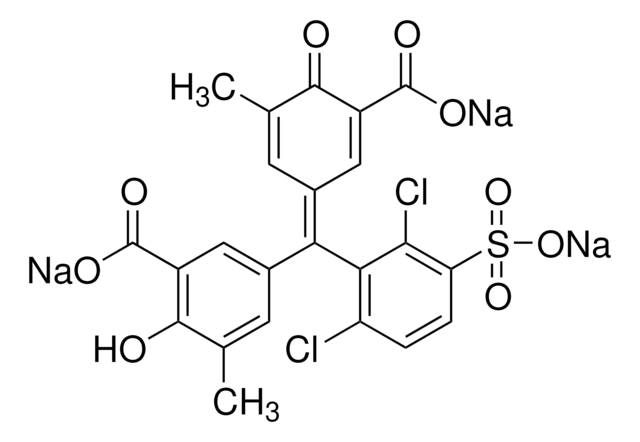202770
Beryllium oxide
99.98% trace metals basis
Sinónimos:
Beryllia, Beryllium monoxide
About This Item
Productos recomendados
assay
99.98% trace metals basis
form
powder
reaction suitability
reagent type: catalyst
core: beryllium
density
3.01 g/mL at 25 °C (lit.)
SMILES string
[Be]=O
InChI
1S/Be.O
InChI key
LTPBRCUWZOMYOC-UHFFFAOYSA-N
¿Está buscando productos similares? Visita Guía de comparación de productos
General description
Application
signalword
Danger
Hazard Classifications
Acute Tox. 2 Inhalation - Acute Tox. 3 Oral - Carc. 1B Inhalation - Eye Irrit. 2 - Skin Irrit. 2 - Skin Sens. 1 - STOT RE 1 Inhalation - STOT SE 3
target_organs
Lungs, Respiratory system
Storage Class
6.1B - Non-combustible acute toxic Cat. 1 and 2 / very toxic hazardous materials
wgk_germany
WGK 3
flash_point_f
Not applicable
flash_point_c
Not applicable
Certificados de análisis (COA)
Busque Certificados de análisis (COA) introduciendo el número de lote del producto. Los números de lote se encuentran en la etiqueta del producto después de las palabras «Lot» o «Batch»
¿Ya tiene este producto?
Encuentre la documentación para los productos que ha comprado recientemente en la Biblioteca de documentos.
Nuestro equipo de científicos tiene experiencia en todas las áreas de investigación: Ciencias de la vida, Ciencia de los materiales, Síntesis química, Cromatografía, Analítica y muchas otras.
Póngase en contacto con el Servicio técnico





